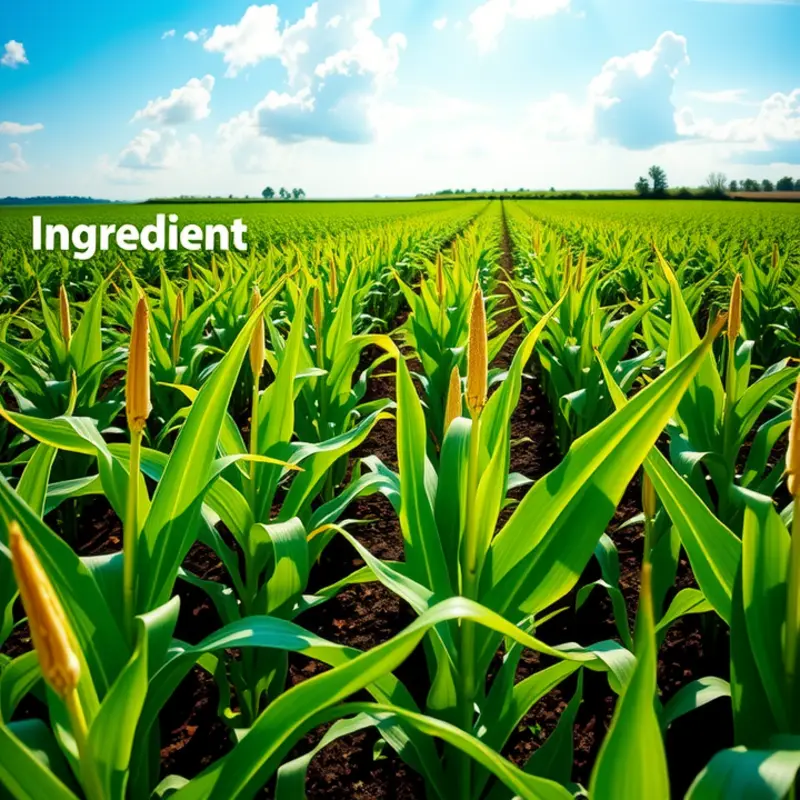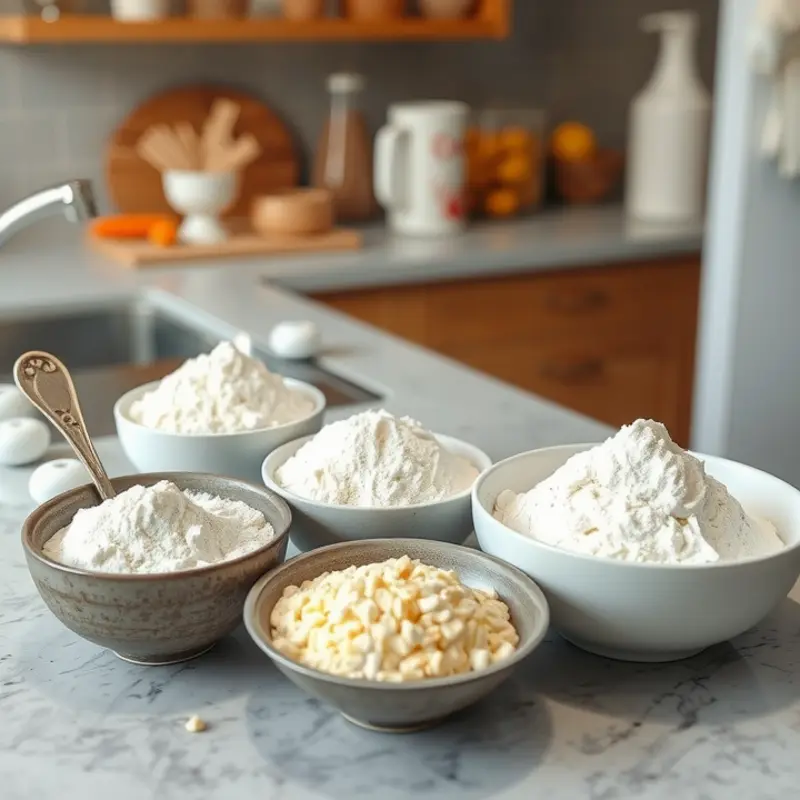Cooking is an adventure, but what happens when your recipe calls for cornstarch and you don’t have it on hand? For home cooks and those mindful of dietary preferences, knowing how to replace ingredients effectively opens up a world of flexibility in the kitchen. This guide provides a variety of practical replacements, easy substitutions, and cooking solutions that cater to different needs and preferences, ensuring every meal can be a success.
Understanding Cornstarch and Its Uses

Cornstarch, derived from the endosperm of corn kernels, is a culinary staple. Its primary role in cooking is as a thickening agent. When heated and combined with water, cornstarch molecules swell, increasing the viscosity of mixtures. This transformation is why cornstarch is used in sauces, gravies, soups, and desserts to achieve desired thicknesses and textures.
In many recipes, cornstarch provides not only texture but clarity. Unlike flour, which can make a mixture cloudy, cornstarch retains the liquid’s color and brightness. This property is particularly valued in clear sauces and desserts where visual appeal is as important as taste.
Cornstarch is also favored for its neutral flavor, ensuring that it doesn’t alter the taste profile of dishes. This makes it an ideal choice for delicate-flavored recipes. Additionally, cornstarch can create a glossy finish in sauces, further enhancing the dish’s presentation.
However, there are times when substitutes for cornstarch are necessary or desirable. These occasions may arise due to dietary restrictions, preferences, or allergies. For instance, those following gluten-free diets often find themselves seeking alternatives. Corn allergies are another reason, necessitating a replacement that offers similar thickening properties without the health risks.
Health-conscious individuals might also seek substitutions due to cornstarch’s caloric content. While relatively low, some prefer alternatives that offer additional nutritional benefits, such as fiber or protein. Furthermore, environmental or sustainability-related concerns might drive the decision to choose other thickening agents.
Identifying the right substitute depends on understanding both the functional and sensory qualities needed for a particular dish. For example, in recipes where clarity and a shiny finish are critical, arrowroot or tapioca starch may be excellent alternatives. They provide similar thickening power and clarity, catering to those looking for a gluten-free option without sacrificing aesthetic or sensory qualities.
Each substitute brings unique qualities to the table. For health-conscious cooks aiming to enrich their meals with additional nutrients, almond flour or ground flaxseeds could be viable. These alternatives not only thicken but add nutritional boosts, making them suitable for holistic meal planning. You might want to explore practical ingredient batching ideas for further inspiration: Practical Ingredient Batching.
Choosing an appropriate substitution involves considering the recipe’s requirements and personal dietary needs. With a plethora of options available, understanding cornstarch’s core functions helps make informed decisions that align with dietary, taste, and visual preferences. As you explore substitutes, you enhance culinary creativity, offering diverse and potentially healthier meal options.
Top Substitutes for Cornstarch

When looking for substitutes for cornstarch, several options can cater to different needs and preferences. Each alternative has unique properties and is suitable for specific dishes, providing flexibility for home cooks and health-conscious individuals.
Arrowroot Powder
Arrowroot powder is a fantastic substitute for cornstarch that offers a glossy finish, much like cornstarch. Ideal for thickening sauces and gravies, arrowroot works well at low temperatures and pairs effectively with acidic ingredients. Use a 1:1 ratio when substituting arrowroot for cornstarch. It’s a suitable option for those following gluten-free and paleo diets, ensuring a versatile application in various recipes.
Tapioca Starch
Tapioca starch is another excellent option, especially favored in Asian cuisine. Derived from the cassava root, it’s not only gluten-free but also provides a glossy appearance similar to cornstarch. It’s best used in recipes requiring a lighter texture, such as fruit pies and puddings. For optimal results, use 2 tablespoons of tapioca starch for every tablespoon of cornstarch. Be cautious not to overheat tapioca starch, as it can lose its thickening power at high temperatures.
Potato Starch
A less common yet effective substitute, potato starch is a viable option for recipes that require a thick, creamy consistency. Suitable for soups and sauces, it needs to be mixed with cold water before adding to hot mixtures to prevent clumping. Potato starch works best when used immediately and should not be left to stand, as it can result in a thinner consistency over time. A 1:1 substitution ratio is recommended.
Rice Flour
Particularly useful in baking, rice flour serves as a great substitute, offering a delicate texture and smooth finish. It’s best incorporated into recipes at the start to allow for proper thickening as it reaches boiling point. To match cornstarch’s thickening power, use about double the amount of rice flour. This flour not only suits gluten-free baking but also blends seamlessly into sauces without altering the taste profile.
Almond Flour
For those on low-carb diets, almond flour provides a nutrient-dense alternative. While it doesn’t thicken as effectively as cornstarch, it can be combined with other flours such as rice flour for improved results. Use sparingly and focus more on its flavor-enhancing properties rather than its thickening ability.
Substituting cornstarch can be tailored to both dietary preferences and the specific needs of the dish. For more insights into different ingredient properties and substitutions in cooking, explore our guide on cooking without gums, which may offer additional inspiration for your culinary adventures.
Final words
Navigating the kitchen doesn’t have to be daunting, even when you find yourself without cornstarch. Armed with knowledge about alternatives like arrowroot powder, tapioca starch, and others, you can confidently adjust recipes and maintain the desired texture and consistency. Consider the dish at hand and your dietary preferences when choosing a substitute. In embracing these flexible solutions, you not only enhance your cooking skills but create meals that suit your dietary needs perfectly.







